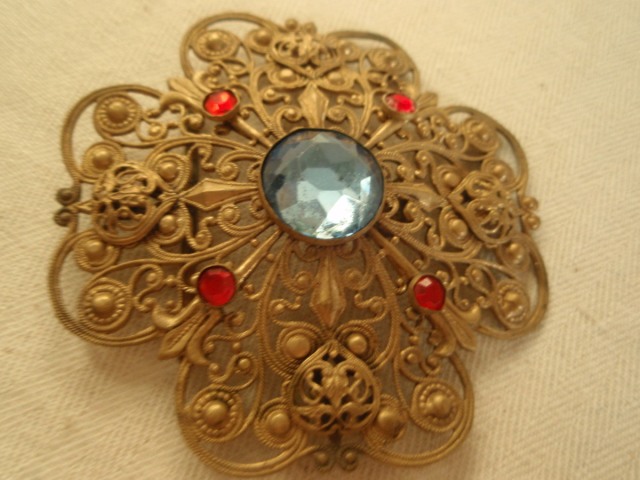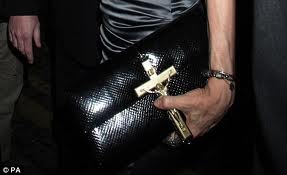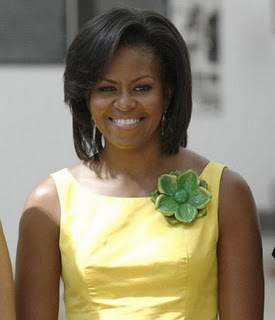Long before Czechoslovakian or Bohemian vintage costume jewellery was popular or understood, it was recognized by its brass ‘filigree’ metalwork.
As time has passed, we now know that this brass filigree so admired is actually not filigree at all. It is pressed or more correctly, stamped on a giant press out of very thin sheets of brass.
Filigree (sometimes called filigram or even filigrane) is actually a very light and delicate type of jewellery made by twisting very fine wires together.
When curled as well as twisted, often with a grain or tiny ball of metal on top of the coil, it can be termed ‘etruscan’ in design, as in the top of this silver Victorian double hatpin shown below.
Traditionally in what is termed ‘fine’ jewellery, the wires would be made from gold or silver. The form is often very fine and almost looks like a very intricate panel of delicate antique lace.
The artisans of India as well as the Far East have created some exquisite examples of filigree jewellery. The creation of filigree is extremely labour intensive.
Costume jewellery has always sought to emulate fine jewellery and so we see examples of filigree in vintage costume jewellery also.
Another type of twisted wire used to make costume jewellery was made in the Bohemian area of Silesia. Very little is known about Silesian Wirework yet by searching for this term, you will find many fine examples of this metal mesh made into fabulous costume jewellery.
The art of twisting wires together to make jewellery is long established in past centuries. It is an art which is probably still carried on today.




























































































